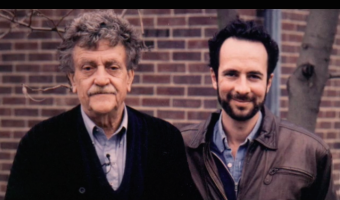Of the three models of writing processes in organizations, collaborative teams are the most likely to produce successful documents. All the roles and responsibilities for producing the document are represented in a structure that supports the project: content specialists, writing experts, editors, designers, administrators, even contracting authorities who look after the final output.

Collaborative teams are made up of people with writing abilities and knowledge to contribute. These teams are structured and include writers and any specialists, experts and knowledgeable people from the organization that can help with the project. They agree to share resources, roles, and responsibilities to produce the document. Business continuity is enhanced and learning can be transferred to the next assignment.
It is more time-consuming to work collaboratively. There’s a lot of listening and it is not always easy to see how things should come together. The benefits are many, though, with efficiency and the potential for innovation among the most significant.
Reviewers know before they get the document what they need to do, since they have been involved, perhaps from the sidelines, but well briefed on how their contribution is needed. Approval authorities have also been briefed on what is in the works. New approaches or ideas can be explored appropriately before being included in the document. The next steps are well-defined and there is no danger of getting lost in someone’s in-basket.
Part of the collaboration process focuses on quality standards. Working together means that there is accountability for quality, so standards can be established, measured and evaluated. The next project benefits from the learning since reporting on collaborative work is part of the process. Everyone learns and benefits—individual team members, as much as the organization as a whole.
How to get there
At one time, organizations that did a lot of publishing had managing editors who would plan production, assign the work, and follow through. They established quality standards and maintained them.
It’s a DIY world in publishing now.
You must plan to build collaborative teams in your organization. Ask, “Who needs to be at the table?” Look ahead at what will be needed in the document and what the production process requires. How will your team get from where you are now to what you need to produce.
Get some extra help
You can hire a facilitator who can work with you to build collaborative teams in your organization. She’ll come with production experience, a desire to help you build quality documents, and, best of all, no hidden agenda. Your organization will need a telescope to look back at where it is now when your production goes collaborative.






One comment
Hi Christine, It’s great to see someone actually thinking about what Collaboration means. In my experience many organisations throw the word around with no concept of what it is, why they need to do it, or how they will know when they are doing it.I see collaboration as working together towards a jointly valued outcome. A point you make in your post, although you dont include it in your summary. I encourage clients to distinguish between collaboration, cooperation, communication and co-ordination.Keep up the great work, and have a great christmas and new year.S:)